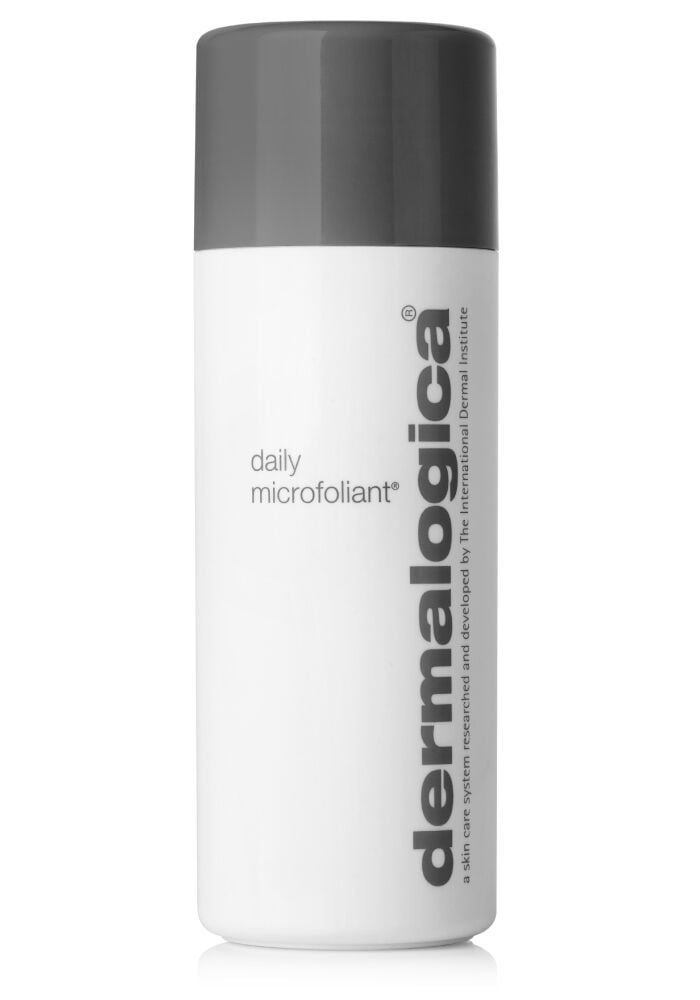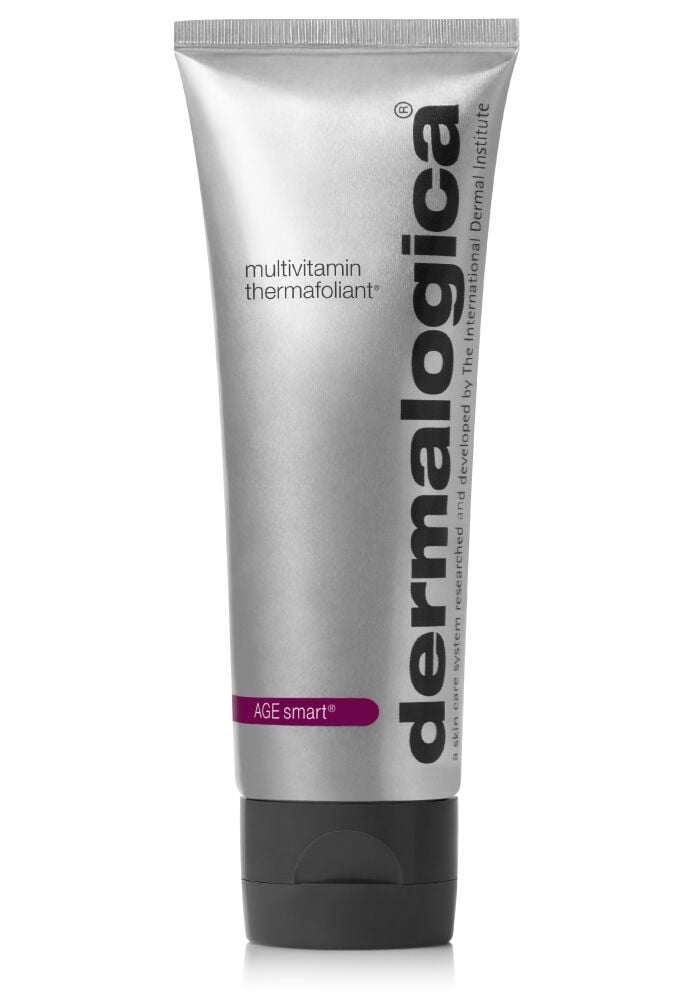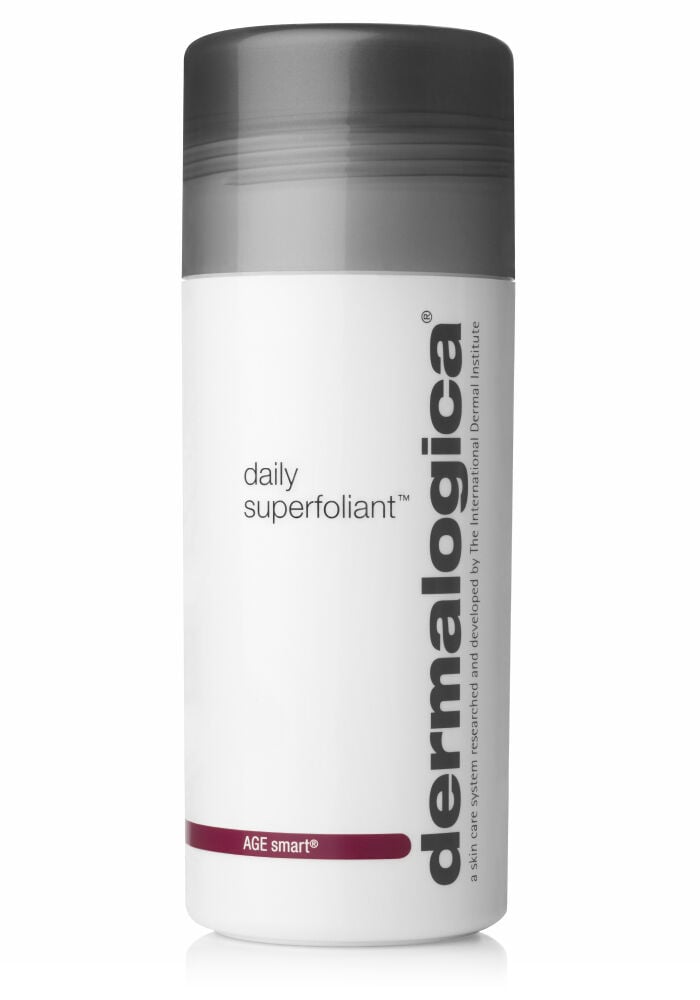Exfoliation is one of the most requested—and debated—steps of professional skin care treatments. Should I or shouldn’t I? What should I use? Can I steam with this exfoliant? But the most frequently asked question of all is: Who is it suitable for? The short answer is everybody, however picking the best treatment for each client is more complicated.
With so many combinations and choices available today, our treatment room can become quite the lab! Let this be your roadmap to customizing the safest and most effective exfoliation treatment for every client.
Consultation
We must first ensure that the client is a suitable candidate for the exfoliation treatment we choose through a thorough consultation and skin analysis. Investigate by asking:
-
Have they used any exfoliants earlier that day? If so, which ones?
-
Are they under a physician’s care and using a prescription strength retinoid or other sensitizing product that would interfere with a specific type of product?
-
Have they experienced a recent cold or change in environment? Remember that travel or even laundry detergent can cause a skin reaction. The skin’s barrier function should be intact, so recent reactions should be discussed.
Once our skin analysis is complete, we can determine the client’s skin type, condition and Fitzpatrick level, all of which will determine the most suitable ingredients for the personalized exfoliation treatment.
Skin Type
All skin types benefit from exfoliation; it allows other product ingredients to penetrate further with more efficacy, and brings new hydrated cells closer to the surface. In addition, it improves barrier function and helps prevent transepidermal water loss (TEWL) so the skin looks hydrated. Exfoliating helps heal breakouts and decongests areas of oil rich production; over time, exfoliation can reduce lines, wrinkles and hyperpigmentation, leading to an overall improvement in skin texture and tone.
-
Dry skin types often benefit from retinoids or Vitamin A derivatives, delivered in an oil base to minimize stinging. This combination improves elasticity and helps reverse signs of premature photoaging.
-
Normal and combination skin types can often tolerate more grainy scrub bases such as Corn Cob Meal, which can also be added into a cleanser under steam.
-
Sensitive skin types need exfoliation just like any other. If the barrier is intact, opt for mild Rice Bran and Phytic Acid combinations, which can brighten and soothe at the same time. This is generally referred to as microfoliation, and, because it's non-invasive, does not compromise the barrier properties of the skin.
-
Oily and acne prone skin types benefit from a combination of ingredients that fight congestion, bacteria and inflammation. Salicylic Acid is a Beta Hydroxy Acid (BHA), antibacterial and liposolvent, which is beneficial for excess sebum production found in these skin types.
Skin Conditions
Hyperpigmentation, photodamage and aging: These skin conditions usually improve dramatically with the help of retinoids combined with Lactic Acid for brightening. Jessner’s Solution combines 14% Lactic Acid, 14% Salicylic Acid and Resorcinol. Trichloroacetic Acid (TCA) is a medium-to-deep exfoliating agent and can be applied in progressive layers, depending on the skin’s response.
Breakouts and congestion: If the skin is not inflamed, a grainy type mix is advisable, such as Corn Cob Meal or fruit enzymes used under steam after mixing with water. This can also help to digest skin cells and loosen comedones. In addition, it softens up the surface and preps the skin for extractions.
Sensitized skin: Find out what caused the client’s skin to become sensitized. Eliminate the offending ingredient or product and wait until a future service to include an exfoliation step. When you do perform the exfoliation step, check the barrier function and protect sensitive areas like the edges of the mouth, nose and eyes using a gel masque as a buffer.
Psoriasis: The goal when treating this skin is to soften and remove plaques, as well as repair the barrier while eliminating dead cell buildup. Microfoliation is the best option but Lactic Acid can also hydrate and gently exfoliate the skin. Clients can benefit from balneotherapy, soaking in a solution of essential oils and mineral sea salts, which gently remove plaques from the body on the knees, legs and elbows.
Eczema: Hydration and conditioning of the skin should be our foremost focus before any type of cell turnover step is carried out on this skin. Don’t treat red and inflamed skin. Once the barrier function is no longer impaired, use a gentle enzyme exfoliant with steam.
Fitzpatrick Scale
In addition to skin type and condition, the Fitzpatrick scale should be taken into consideration, as it can influence our ingredient choice.
-
Fitzpatrick 1: Pale, porcelain or ivory complexion skin. This may be reactive and sensitive to heat or steam, so gentle options such as mild enzymes are a great choice to start.
-
Fitzpatrick 2: This skin is sensitive but not too reactive, and may tolerate an Alpha Hydroxy Acid (AHA) / BHA mix with some steam at a distance.
-
Fitzpatrick 3: This skin burns but slowly tans, and is more tolerant of all exfoliant choices and blends. Add an exfoliating “booster” to a standard base, which may include Amino Peptidase or Bacillus Ferment, a source of protease enzymes that helps loosen cell cohesion while stimulating digestion of keratin protein in the epidermis.
-
Fitzpatrick 4: These clients have a moderate to dark brown skin tone that rarely burns, along with dark hair and eyes. Most skin in this category can tolerate similar blends to a Fitzpatrick 3, however require more caution with the higher strength AHA blends or peels such as TCA or Jessner’s Solution.
-
Fitzpatrick 5: This complexion rarely burns, and ranges from a naturally radiant bronze to rich brown tone. Caution is necessary when using agents such as TCA or higher strength acids, as there may be post inflammatory responses to exfoliants that cause hyperpigmentation. This is referred to as post inflammatory hyperpigmentation (PIH).
-
Fitzpatrick 6: This complexion is very rich in color. As with a Fitzpatrick 5 skin type, be cautious with a skin that appears thicker and more resilient, as it may not respond favorably to a low pH acid applied without a prep stage or a patch test.
Exfoliation is an essential part of your skin care services and client’s home care, and with a proper professional assessment, consultation and skin analysis, together you can achieve great results!
Photography: Courtesy of Dermalogica







